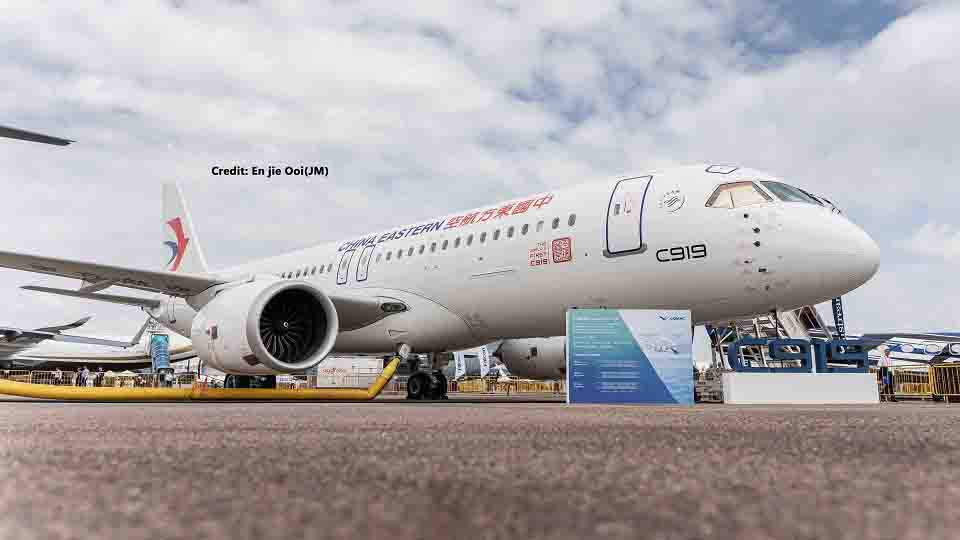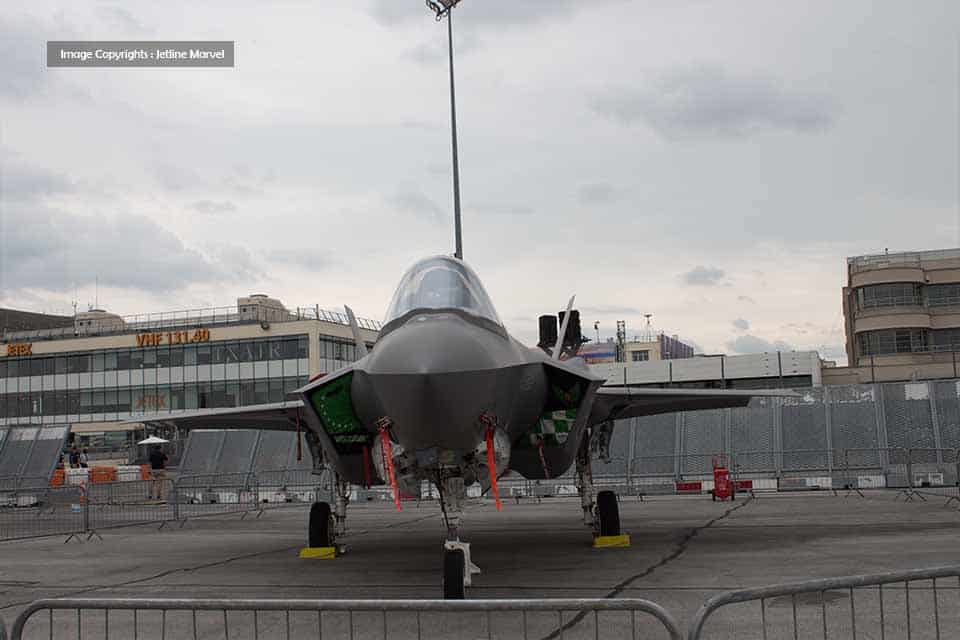Aviation
China Eastern Receives Its Ninth C919 Aircraft, Marking a New Milestone

China Eastern Airlines (CEA) has reached a significant milestone with the delivery of its ninth COMAC C919 aircraft, continuing its lead as the launch customer for China’s domestic narrow-body airliner.
On Thursday, the airline received the latest addition to its fleet, registered as B-657T, marking another step in China’s ambitious efforts to establish itself as a key player in the global aerospace market.
Virgin Australia Launches Black Friday Sale on Flights Worldwide
This delivery is part of a major achievement for COMAC (Commercial Aircraft Corporation of China), which has now delivered a total of 10 comac c919 in 2024 alone, a remarkable increase from just three jets delivered by the end of 2023.
The C919 program represents China’s entry into the competitive market for commercial aircraft, aiming to rival the dominance of manufacturers like Airbus and Boeing in the narrow-body sector.
These 6 Airlines Are Giving You Free Wi-Fi on Your 2025 Flights
One standout feature of the c919 is its innovative in-flight technology, particularly its Wi-Fi system. Developed by the China Electronics Technology Group Corporation (CETC), this system allows passengers to connect to the “CEAIR-WIFI” wireless hotspot, providing seamless access to in-flight entertainment.
Through the website www.muflyer.com, travelers can enjoy a range of features including “Air Cinema” and “Air Games,” which enhance the flying experience.
Looking ahead, COMAC’s ambitions are not limited to narrow-body aircraft. At the 15th China International Aviation and Aerospace Exhibition in Zhuhai, c919 aircraft price made waves with the announcement of over 100 new aircraft orders.
A significant highlight was a high-profile agreement with Air China for the development of the C929, a widebody aircraft set to compete c919 vs a320 and c919 vs 737 with these models.

Aviation
Why Elon Musk Believes the F-35 Stealth Jet Is Obsolete – Here’s Why

Elon Musk, the tech billionaire known for his innovative thinking, has set his sights on the U.S. Air Force’s F-35 fighter jets, calling them “obsolete” and unfit for modern warfare.
In a series of posts on his social media platform X (formerly known as Twitter), Musk has argued that fighter jets, particularly the F-35, are outdated in an era dominated by drones and AI-driven combat systems. His remarks, which have ignited intense debate, suggest that the U.S. military should shift focus toward low-cost, unmanned aerial systems (UAS) rather than continuing to invest in expensive, manned jets.
Musk’s blunt criticism, which led to a 3% drop in Lockheed Martin’s stock, isn’t just a swipe at one military program—it’s part of his broader vision for the future of warfare. According to Musk, drones are the way forward, offering cost-effective, flexible, and increasingly autonomous platforms that can outperform traditional fighter jets in modern combat scenarios.
Drones: The Future of Warfare
Musk has consistently championed the development of remote-piloted combat systems over traditional fighter jets, claiming that the days of manned aircraft are numbered. He highlights the rise of drone warfare as a pivotal shift in military strategy.
Drones, Musk believes, not only offer a more cost-effective approach to air combat, but they also allow for greater speed in innovation. His argument is simple—drones are cheaper, safer, and capable of performing coordinated missions with minimal human oversight.
In contrast to the F-35’s $80 million price tag, small drones used in the Russia-Ukraine conflict have cost anywhere from $10,000 to $50,000 each. Musk suggests that, given the escalating costs and complexity of traditional fighter jets, drones provide a much better return on investment. By removing the human element, drones eliminate the risks faced by pilots and allow for large-scale, swarming operations that can overwhelm traditional defense systems.
The F-35 program, one of the most ambitious and costly military projects in history, has long been a target for criticism. Designed as a multi-role stealth fighter, the F-35 was intended to meet a wide range of military needs, from air-to-air combat to precision strikes.
However, the program has been plagued by cost overruns, delays, and technical challenges. Despite these setbacks, the F-35 remains a cornerstone of the U.S. and allied air forces, largely due to its advanced stealth technology, sensors, and interoperability with other defense systems.
Critics, however, argue that the F-35 is over-designed to meet too many requirements, making it an unnecessarily complex and expensive system.
Musk’s Vision for the Future
Musk’s call to replace piloted fighter jets with AI-driven drones isn’t just about cutting costs—it’s about rethinking the way we approach air combat. With the growing role of Unmanned Aerial Systems (UAS) in conflicts around the world, from reconnaissance to precision strikes, it’s clear that the battlefield is evolving. Drones have already proven their value, offering flexible, highly adaptable solutions that are reshaping military operations.
-

 Aviation2 months ago
Aviation2 months agoMicrosoft Flight Simulator Raises $3 Million to Bring Back the An-225 Mriya
-

 Airlines2 months ago
Airlines2 months agoQatar Citizens Can Travel to the United States Without a Visa
-

 Aviation2 months ago
Aviation2 months agoQatar Airways bans these new Electronic Devices on plane
-

 Defence2 months ago
Defence2 months agoWhich Country Has the Largest Fleet of Fighter Aircraft?
-

 Airlines1 week ago
Airlines1 week agoDAMAC Air: Dubai’s New Luxury Airline Offers Free Flights for Registration
-

 Airport2 months ago
Airport2 months agoWestern Sydney Airport Welcomes Its First Plane After 6 Years of construction
-

 Airlines6 days ago
Airlines6 days agoAir India to Launch aircraft maintenance training institute in Bengaluru
-

 Aviation2 months ago
Aviation2 months agoDid you know ? Once Boeing 747 carried 1088 passenger in 1991









You must be logged in to post a comment Login